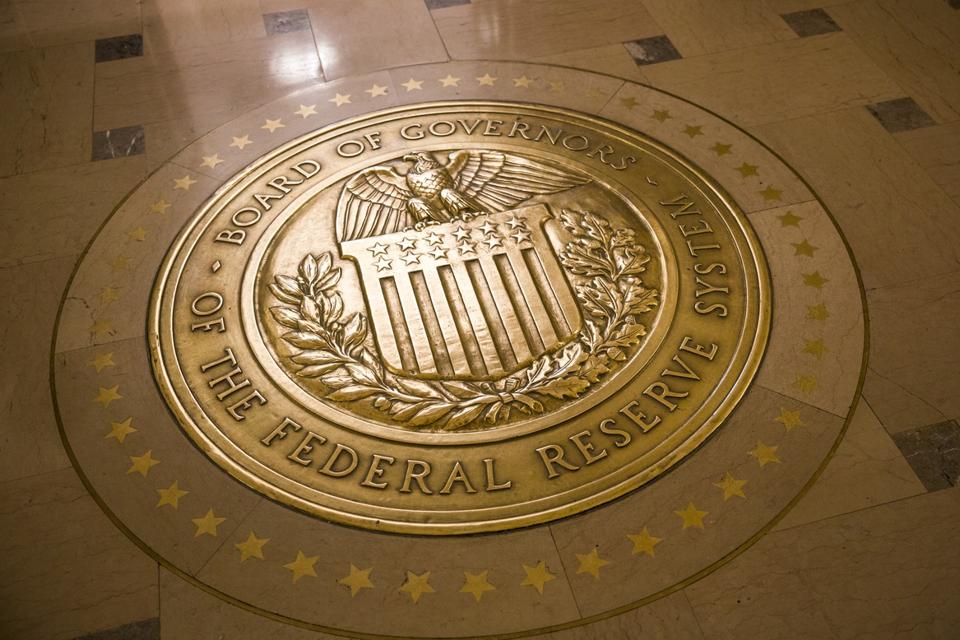Markets expect interest rates to be held steady at the Federal Open Market Committee’s next decision on May 1. Inflation data for early 2024 has caused some concern that the transition to an annual 2% inflation rate may take longer than previously anticipated.
The market will be watching for clues for when any interest rate cut might occur. Currently, fixed income markets imply that interest rates could be cut at either of the FOMC’s July or September meetings. Hence interest rates are unlikely to move at the Fed’s June meeting either. This would mean that the first interest rate cut would come at least a year after the FOMC’s final interest rate hike from July 2023.
Ultimately, an interest rate cut might be better informed by upcoming inflation releases, than by upcoming statements from U.S. Federal Reserve officials. That’s because FOMC officials have made it clear what they are looking for in inflation data before they cut interest rates. They are now waiting to see that.
May Meeting Timing
The Fed will next meet to set interest rates on April 30 to May 1. They will announce their decision at 2:00 p.m. ET on May 1, followed by a press conference with Fed Chair Jerome Powell at 2:30 p.m.
This will be the third of the Fed’s eight scheduled meetings in 2024. The Fed’s May meeting will not see any update to the Summary of Economic Projections, since those forecasts are only updated at every other meeting. As such, the May meeting may contain relatively limited new information for markets. For example Powell offered detailed policy perspective at the Washington Forum on the Canadian Economy on April 16.
The consensus of FOMC policymakers was to anticipate two or three cuts in 2024. That came at the most recent update on March 20. However, since then inflation has has come in hotter than expected, causing concern that inflation may not be on track to meet the Fed’s 2% annual inflation target as soon as hoped. Others argue inflation improvements have stalled. Currently fixed income markets expect to see one or two interest rate cuts in 2024.
What To Look For
The Fed has recently dialed back expectations on near term interest rate cuts. That’s due to concerns about recent inflation reports in early 2024. These showed inflation accelerating slightly from January lows.
A relatively robust job market has eased pressure on the Fed to rush to cut interest rates, too. Much of the FOMC’s analysis is data dependent. As such, Chair Powell may not be able to provide too much additional insight beyond waiting for upcoming inflation releases and other economic data.
However, the market will be looking for reassurance that 2024 interest rate cuts are still broadly expected. At times, FOMC policymakers have hinted that rates could even rise from here. That would be a concern for markets. However, in recent meetings Powell has emphasized that he believes interest rates are already at peak levels for this interest rate cycle. Therefore, the trigger for interest rate cuts is inflation cooling further as the FOMC generally expects, or, perhaps, a reaction to a weakening jobs market. Neither scenario is evident in recent macroeconomic releases today.

